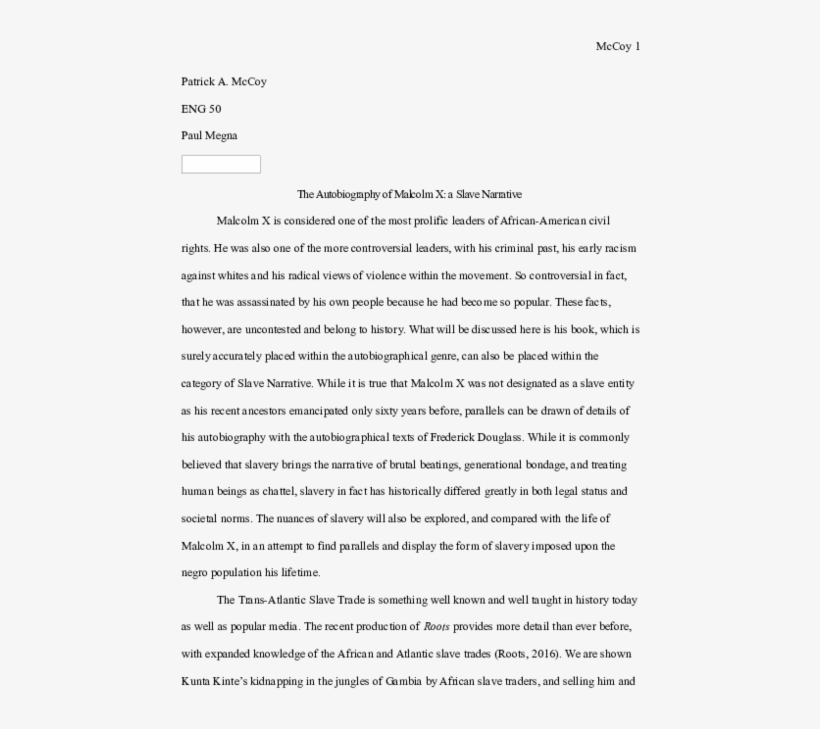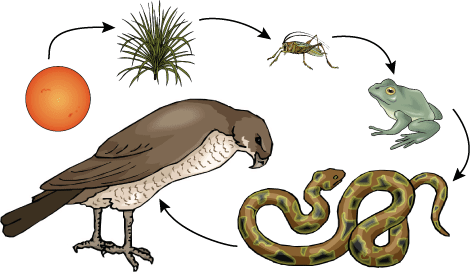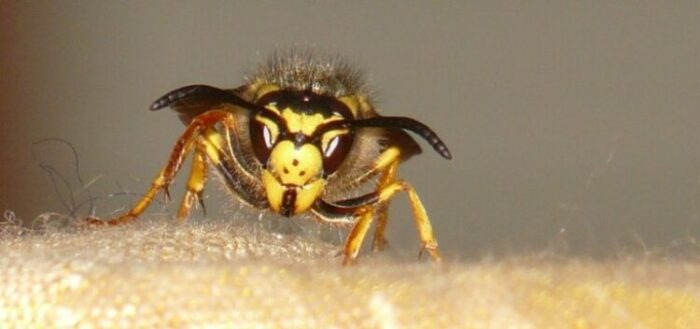Pet Drawing Guide: Simple Techniques for Animal Lovers
Pet drawing guide: simple techniques for animal lovers
Draw pets can be a rewarding way to celebrate the animals we love. Whether you’re a beginner or have some artistic experience, capture your furry, feather, or scale friends on paper create last memories and help develop your artistic skills.
Getting start with pet portraits
Before jump into detailed drawings, it’s important to gather the right materials and understand basic approaches to pet illustration.
Essential supplies
You don’t need expensive equipment to start draw pets. Begin with:
- Sketch paper or draw pad (medium texture work easily )
- Pencils (hHbfor outlines, 2b 6b for shading )
- Kneaded eraser for highlights and corrections
- Blend stumps for smooth transitions
- Reference photos of your pet
As you advance, you might explore colored pencils, pastels, or digital drawing tools, but master the basics with simple materials build a strong foundation.
Take effective reference photos
The secret to a great pet drawing oftentimes lie in your reference material. When photograph your pet:
- Capture them in natural light
- Take photos at eye level
- Shoot multiple angles and expressions
- Include close-ups of distinctive features
- Try to photograph when they’re calm and calm
Clear, advantageously light photos reveal important details like fur texture, eye highlights, and unique markings that make your pet special.
Understand animal anatomy
Before draw specific pets, familiarize yourself with basic animal anatomy. Different pets have distinct proportions and features that will affect how you will approach your drawing.
Dog anatomy basics
Dogs come in countless shapes and sizes, but all share certain anatomical features:
- The muzzle length varies greatly by breed
- Eyes are typically set on the sides of the head
- Ears can be point, floppy, or anything in between
- The body follow a basic four legged mammal structure
Notice how a dachshund’s proportions differ dramatically from a great Dane’s. Study your specific dog’s unique shape before draw.
Cat anatomy essential
Cats have distinctive features that set them isolated:
- Almond shape eyes with vertical pupils
- Triangular ears position high-pitched on the head
- Flexible spine allow for characteristic poses
- Whiskers that extend from define whisker pads
Pay attention to a cat’s elegant proportions and the way they hold their body, which differ importantly from dogs.
Small pet proportions
Smaller pets like hamsters, guinea pigs, and rabbits have their own proportional considerations:
- Large eyes relative to head size
- Short, compact bodies
- Distinctive ear shapes that help identify the species
- Small limbs that ofttimes tuck under the body
For birds, reptiles, and fish, study their unique anatomical features cautiously before attempt to draw them.
Step-by-step drawing process
Follow a structured approach helps create successful pet portraits, particularly for beginners.
Start with basic shapes
All good pet drawings begin with simple geometric forms:
- Draw a circle for the head
- Add an oval or elongate shape for the body
- Use smaller circles or ovals for joints and paws
- Connect these shapes with simple lines for limbs
- Mark the position of eyes, nose, and mouth
These basic shapes create a framework that ensure proper proportions before add details.
Refine the outline
Erstwhile your basic shapes are in place:
- Begin refine the contours, follow your pet’s actual shape
- Define the specific head shape for your pet’s breed
- Sketch in ears, note their exact placement and shape
- Outline the body, pay attention to your pet’s unique posture
- Add limbs, paws, and tail with more precise lines
Keep your lines light during this stage so they’re easy to adjust or erase as need.
Add facial features
The face bring your pet drawing to life:
- Place the eyes accurately, note their shape and expression
- Draw the nose, pay attention to its specific shape
- Add the mouth, which may be open or close
- Include whiskers for cats and some dogs
- Define the unique markings around the face
Eyes are specially important — they convey your pet’s personality and should include highlights to make them look alive.
Capture fur and texture
Different pets require different approaches to texture:
- For short haired pets, use short, directional pencil strokes
- For long haired pets, use longsighted, flow lines that follow fur growth
- For curly haired breeds, create small circular motions with your pencil
- For smooth skinned pets like some reptiles, focus on scales or skin patterns
Remember that fur grow in specific directions. Observe your pet cautiously to note these patterns, particularly around the face, neck, and legs.

Source: pinterest.com
Create depth with shading
Shading transform a flat outline into a three-dimensional portrait:
- Identify your light source and keep it consistent throughout
- Leave the lightest areas untouched or light shade
- Add medium tones to most of the body
- Use dark shade for areas in shadow
- Blend cautiously with a blend stump or your finger
Contrast between light and dark areas create the illusion of form and volume in your drawing.
Draw different types of pets
Each type of pet presents unique challenges and opportunities for artists.
Draw dogs
Dogs come in endless varieties, but these tips apply to most breeds:
- Pay attention to the specific muzzle shape of your dog’s breed
- Notice how the ears connect to the head
- Capture your dog’s typical expression — alert, relaxed, or playful
- Include distinctive markings that make your dog unique
- Draw paws with attention to pad shape and claw position
The way a dog hold its tail can too convey a lot about its personality and mood.
Draw cats
Cats require attention to these specific features:
- Focus on the distinctive triangular face shape
- Draw whiskers extend from define whisker pads
- Capture the almond shape of the eyes with correct pupil shape
- Pay attention to the graceful curve of the spine
- Notice how paws tuck neatly under the body when sit
A cat’s tail position to communicate much about its mood and should be ddrawnconsequently.
Draw small pets
Hamsters, guinea pigs, rabbits, and other small pets have their own considerations:
- Emphasize the rounded body shapes
- Pay special attention to ear size and position
- Capture the characteristic sitting or standing postures
- Include tiny details like whiskers and paws
- Focus on the texture of fur, which is ofttimes rattling fine
Small pets much have really expressive faces despite their size — don’t neglect these details.
Draw birds and reptiles
For feathered and scale friends:
- Study the specific pattern of feathers or scales
- Pay attention to the distinctive beak or mouth shape
- Capture the unique posture and perch position of birds
- For reptiles, focus on the characteristic way they hold their body
- Include habitat elements that showcase natural behaviors
Birds and reptiles oftentimes have more complex textures than furry pets, require careful observation.
Common challenges and solutions
Yet experienced artists face difficulties when draw pets. Here are solutions to common problems:
Get proportions compensate
If your pet drawing look” hit ” ut you cacan’tinpoint why:
- Use the grid method to transfer proportions from your reference photo
- Measure key relationships (head to body ratio, leg length, etc. )
- Step rearward often to view your drawing from a distance
- Try turn both your reference and draw top refine to spot errors
- Ask someone else to look at your drawing for a fresh perspective
Remember that still slight proportion errors can make a pet drawing unrecognizable.
Capturing personality
A technically accurate drawing might nevertheless miss your pet’s essence:
- Focus on the eyes — they convey much of your pet’s character
- Include characteristic poses or habits unique to your pet
- Pay attention to the tilt of the head or position of the ears
- Draw from multiple references to capture various expressions
- Include details that tell a story about your pet’s personality
Sometimes add a favorite toy or typical environment help convey who your pet truly is.
Deal with moving subjects
Pets seldom sit motionless for portraits:
- Work principally from photographs instead than life
- Take quick gesture sketches when your pet is rest
- Practice speed drawing to capture fleeting poses
- Use treats or toys to encourage brief periods of stillness
- Consider draw while your pet sleeps
Combine multiple quick sketches with photo references oftentimes produce the best results.
Add color to your pet drawings
Once you’re comfortable with pencil drawings, you might want to explore color:
Colored pencil techniques
Colored pencils offer precision and control:
- Layer colors light, build up intensity gradually
- Use complementary colors in shadows to create depth
- Blend with colorless blenders or white pencils
- Work in circular motions for fur texture
- Keep pencils sharp for fine details like whiskers and eyes
Animal fur is seldom one solid color — look for subtle variations and highlights.
Watercolor approaches
Watercolors can create soft, expressive pet portraits:
- Start with a light pencil draw as a guide
- Begin with pale washes for base colors
- Layer darker colors while previous layers are quietened damp
- Use dry brush technique for fur texture
- Save white areas for highlights or use mask fluid
Watercolor work fountainhead for capture the softness of fur and the luminosity of eyes.
Digital pet drawing
Digital tools offer flexibility for pet artists:
Basic digital drawing setup
- A draw tablet with pressure sensitivity improve control
- Start with simple programs like procreate or Krita
- Use layers to separate outline, base colors, and details
- Adjust brush settings to mimic fur, feathers, or scales
- Take advantage of the undo function to experiment freely
Digital drawing allow for easy corrections and experimentation with colors and effects.
Digital brushes for pet textures
Specialized brushes can simulate different pet textures:
- Use texture brushes for short fur
- Try flow base brushes for farseeing, flow fur
- Experiment with stipple brushes for unique textures
- Layer multiple brush types for complex fur patterns
- Adjust opacity and flow settings for subtle effects
Many digital programs offer free brush packs specifically design for animal art.
Practice exercises for improvement
Regular practice develop your pet drawing skills more cursorily:
Quick sketching drills
- Set a timer for 2 5 minutes and sketch your pet quickly
- Focus on capture overall shape and movement
- Practice draw simply eyes, paws, or ears
- Sketch from different angles
- Try draw from memory, so compare to reference
These exercises build muscle memory and improve your observation skills.
Study other artists
Learn from established pet artists accelerate your progress:
- Analyze how professional artists handle fur textures
- Notice techniques for capture animal expressions
- Study composition choices in pet portraits
- Try to recreate portions of artwork you admire
- Join online communities to share work and receive feedback
Remember that study others’ work is about learn techniques, not copy styles.
Turn pet drawings into gifts
Pet portraits make meaningful presents for animal lovers:
Presentation ideas
- Mount drawings in quality frames that complement the artwork
- Create pet portrait greeting cards for special occasions
- Transfer drawings to mugs, t shirts, or tote bags
- Compile a series of sketches into a custom book
- Pair drawings with write stories or memories about the pet
Consider the recipient’s home decor when choose presentation styles.
Conclusion
Draw pets combine technical skill with emotional connection. The best pet portraits capture not exactly what an animal look like, but who they’re — their personality, habits, and the joy they bring to our lives.
Start but, practice regularly, and focus on observation. Every pet have unique characteristics that make them special to their owners. By learn to see and capture these details, you create more than simply a drawing — you preserve memories and celebrate the bond between pets and their people.
Whether you’re drawn your own beloved companion or create portraits for others, the process of pet drawing offer both artistic growth and a deeper appreciation for the animals that share our lives.

Source: rainbowresource.com



